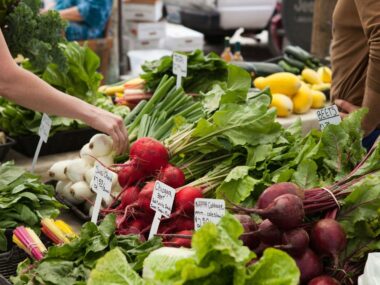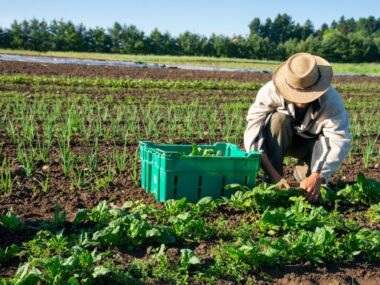Government policies and subsidies play a crucial role in shaping the agricultural landscape, influencing everything from farm income and production practices to sustainability and food security. These policies can provide stability in a sector prone to volatility due to factors like weather, market fluctuations, and global trade dynamics. Understanding how these interventions impact farming is essential for ensuring a balanced, productive, and sustainable agricultural system.

Agricultural Subsidies
Agricultural subsidies are financial supports provided by governments to farmers to stabilize food prices, ensure a steady income, and promote agricultural productivity. These subsidies can take various forms, including direct payments, crop insurance, price supports, and input subsidies.
Direct Payments: These are cash payments made to farmers based on acreage, production levels, or historical planting patterns. They provide a stable income base, enabling farmers to invest in their operations and manage risk.
Crop Insurance: Crop insurance programs protect farmers against losses due to natural disasters (such as droughts, floods, and storms) and price declines. By subsidizing insurance premiums, governments encourage farmers to adopt insurance, thereby reducing their financial vulnerability.
Price Supports: These involve setting minimum prices for certain crops to ensure farmers receive a fair income regardless of market conditions. Price supports can prevent market crashes and ensure a stable supply of essential commodities.
Input Subsidies: Subsidizing inputs like seeds, fertilizers, and machinery helps reduce production costs for farmers. This encourages the adoption of modern agricultural practices and technologies, enhancing productivity.
Policy Impacts on Farming Practices
Government policies can significantly influence farming practices. For instance, subsidies on certain crops may encourage monoculture, which can lead to soil degradation and increased vulnerability to pests and diseases. Conversely, policies promoting crop diversification and sustainable practices can enhance soil health and ecosystem resilience.
Environmental regulations and incentives also play a vital role. Policies that provide financial incentives for adopting conservation practices, such as cover cropping, reduced tillage, and organic farming, help farmers transition to more sustainable methods. Such policies not only improve environmental outcomes but also increase long-term farm productivity.
Food Security and Market Stability
By ensuring stable food production and prices, government policies contribute to national food security. Subsidies and supports help maintain domestic production levels, reducing dependence on imports and protecting against global market volatility. In times of crisis, such as natural disasters or economic downturns, government interventions can prevent food shortages and ensure affordable prices for consumers.
Challenges and Criticisms
While subsidies and policies offer numerous benefits, they are not without challenges and criticisms. Critics argue that subsidies can distort market dynamics, leading to overproduction and waste. They may also create unfair competition, disadvantaging farmers in countries without similar support mechanisms.
Furthermore, subsidies can sometimes perpetuate unsustainable practices. For example, heavy subsidies for water-intensive crops in arid regions can exacerbate water scarcity. Balancing the immediate needs of farmers with long-term sustainability goals is a complex policy challenge.
Global Trade Implications
Agricultural policies and subsidies have significant implications for global trade. Subsidized farming can lead to surplus production, which is often exported at lower prices, affecting farmers in other countries who cannot compete with subsidized prices. International trade agreements and negotiations frequently address these issues, seeking to create a level playing field while respecting national interests.
Future Directions
The future of agricultural policy is likely to involve a greater emphasis on sustainability and climate resilience. As climate change poses increasing risks to agriculture, policies will need to support adaptive measures, such as developing drought-resistant crop varieties, improving water management, and investing in research and innovation.
Additionally, there is a growing recognition of the need for policies that support small-scale and family farmers, who are often more vulnerable to economic and environmental shocks. Programs that provide access to credit, technical assistance, and markets can empower these farmers and contribute to rural development.
In conclusion, government policies and subsidies are vital tools for supporting the agricultural sector. They provide financial stability, promote food security, and can encourage sustainable practices. However, designing effective policies requires balancing multiple objectives and addressing the complex interplay of economic, environmental, and social factors. As the agricultural landscape evolves, policies will need to adapt to ensure a resilient and sustainable food system for the future.










